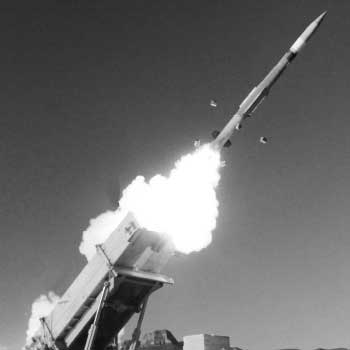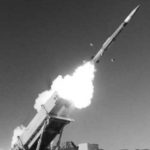Essentially, if a missile or space launch vehicle flies on a range in the United States, it must have a flight or thrust termination system (FTS). This is to protect range and flight personnel along with surrounding area populations. Range Commanders Council (RCC) 319 governs the requirements for flight or thrust termination systems. This extensive requirements document provides specific detail for all components in a flight or thrust termination system.
What Systems Use Flight Or Thrust Termination?
Missiles and space launch vehicles utilize flight or thrust termination systems for flight on military test ranges in the United States. Each vehicle has unique characteristics that further define the type of requirements they must meet.
What Components Make Up A Flight Or A Thrust Termination System?
Each flight or thrust termination system has its own unique traits, but they all require three main components: a receiver, Safe & Arm Device , and termination system. The receiver gets the signal from range safety personnel to enable the flight or thrust termination to start. The safe & arm device, in turn, gets the signal to arm, if not already armed in the case of most missile applications, and then to fire and start the termination sequence.
The safe & arm starts what is called a detonation that will transition to typically linear shaped charge or a destruct charge. Once the linear shaped charge or destruct charge perform their function, the missile or space launch vehicle succumbs to the aerodynamic forces and breaks apart.
What Is A Safe & Arm Device?
The Safe Arm Device (SAD) is either all electronic, electro-mechanical, or a laser device used to provide a reliable initiation of an explosive train when it is commanded in the ARM state and provided with the correct firing stimulus. The SAD utilizes an Electro-Explosive Device (EED), Exploding Foil Initiator (EFI), or Laser signal for energetic output to initiate the explosive train. When the SAD is in the SAFE position the device is intrinsically safe from inadvertently initiating the connected explosive train. In the SAFE position, the EED, EFI, or Laser is isolated from any electrical inputs and explosive train outputs providing the needed intrinsic safety. The SAD is commanded to the ARM state when the arming circuit is energized with the required input voltage pulse.
In the ARM state, the EED, EFI, and Laser are in line with the explosive ordnance train. Once in the ARM state, the SAD can be initiated when the required electrical input stimulus is provided to the EED, EFI, or Laser firing circuit. After the SAD is initiated, the destruct system does its work to terminate the flight of the missile or space launch vehicle.
What Makes Up The Termination System Of The Flight Or Thrust Termination System?
The destruct charge or linear shaped charge makes up the final portion of the flight or thrust termination system. These two different methods have the same result of putting the missile or space launch vehicle into a self-destructive phase of flight by making the vehicle unstable. The destruct charge is the simpler of the two designs. It allows for more modular placement and ease of use with less supportive components than a linear shaped charge system. In many ways, the linear shaped charge system is more robust than the destruct charge system even though it requires manifolds, brackets, and other supportive components to translate the safe & arm input into a termination.

